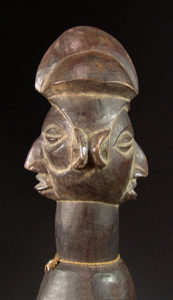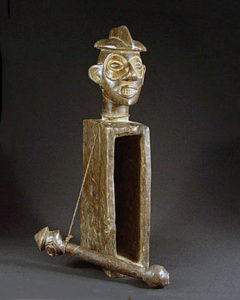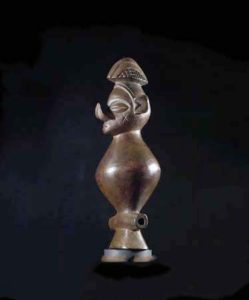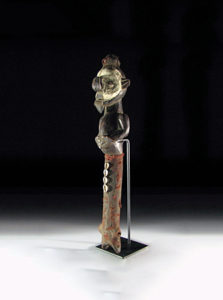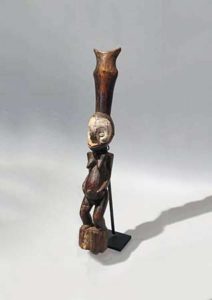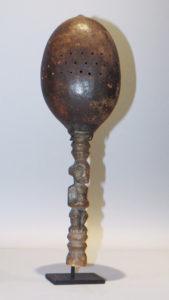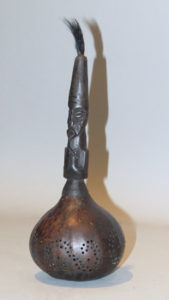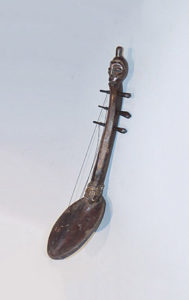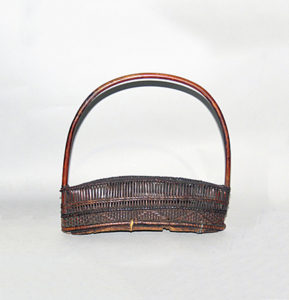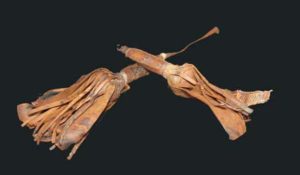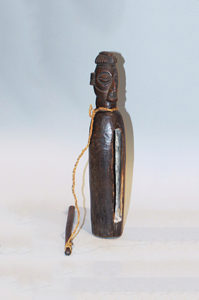Yaka
The Yaka people, who migrated from Angola during the 16th century, today live along the Wamba River. In the 18th century their lands were annexed by the Angola-based Lunda people, but by the 19th century the Yaka had regained their independence.
Yaka society is tightly structured and headed by a chief of Lunda origin, the “Kiamfu.” The chief delegates responsibilities to ministers and lineage chiefs called Unkwagata. Young men are expected to pass through various initiation stages, including circumcision. The people live principally from hunting, with some subsidiary farming undertaken by the women.
Yaka artistic tradition is rich and various, but much of it has been informed by their neighbors – the Suku, the Kongo, the Holo and the Teke. Nevertheless, Yaka statues do have common characteristics- an upturned nose and applied pigments. It is said that you can tell under which kingdom the art object was made by measuring the upturned nose. Noses that are more extended and touch the forehead came from the earlier kingdoms.
Source:
Baquart, Jean-Baptiste. The Tribal Arts of Africa. New York: Thames and Hudson Inc. 1998. Print.

